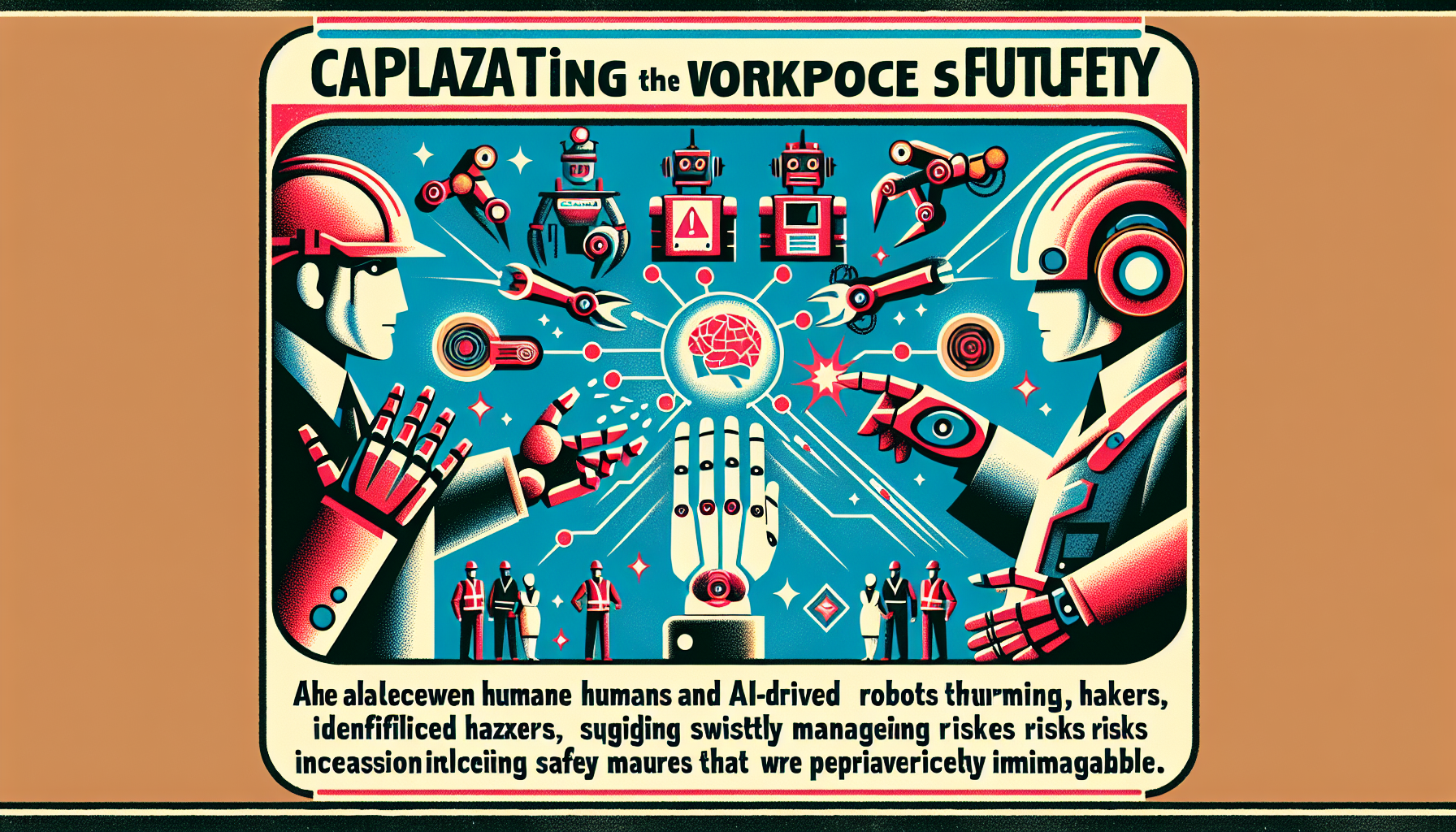The future of workplace safety is being rewritten by the partnership between humans and AI-driven robots. These intelligent machines are not only changing how we work, they are also safeguarding lives in ways that were impossible before. Rather than replacing people, they act as partners—amplifying our ability to notice risks and respond swiftly.
Transforming Safety Through Technology
Today’s robots are guided by artificial intelligence and a suite of modern sensors. They can see, hear, and sense conditions that humans might easily miss. Whether it’s a dangerous gas leak, equipment overheating, or a weakening structure, AI-powered systems alert workers and supervisors long before an accident unfolds.
Studies show that workplaces using more robots experience fewer injuries. By monitoring the environment every second, robots can spot even the smallest changes that signal emerging hazards—helping to reduce accidents by nearly 2% in high-risk industries.
Quick Action in Emergencies
When danger strikes, there is no time to waste. Modern safety robots can react instantly during emergencies. They might trigger alarms, turn off unsafe equipment, or even direct workers to safe exits without hesitation.
In industries like construction, collaborative robots—known as “cobots”—help with heavy lifting or repetitive tasks. They rely on real-time information to avoid dangerous movements, all while supporting human workers on the ground.
Strengthening Compliance
Ensuring everyone follows safety rules is crucial, but human supervision is often stretched thin. AI systems offer extra eyes, making sure that workers wear protective gear and stay out of restricted zones. Automated alerts remind individuals in real time, helping everyone uphold safety standards without relying on constant human checking.
The Power of Human-Robot Collaboration
Robots and humans each bring unique strengths. While cobots may make up a third of all industrial robots by 2025, their purpose is to assist, not replace. They handle repetitive or strenuous jobs, while humans use their experience to make critical decisions and solve unexpected problems.
AI tools can also analyze vast streams of data—like information from connected devices on construction sites. This means workers receive early warnings about possible equipment breakdowns, preventing risks before they turn into accidents. By combining robotic precision with human insight, workplaces grow both safer and smarter.
Facing New Challenges with Care
As robotics advance, new challenges come into view. People who work closely with robots need protection from rare but serious malfunctions—or from security flaws that might let outsiders take control. The International Labour Organization reminds us: as technology spreads, human oversight remains essential. Automation should not push people out, but rather invite their involvement.
Trust is equally important. AI systems sometimes make decisions that aren’t easy to understand. If no one can explain why a robot chose a certain action, it becomes harder for workers to trust and fully embrace these safety tools. Experts stress the need for clear, easy-to-follow explanations when lives are at stake.
The Road Ahead
Robots, AI, and humans are drawing new blueprints for workplace safety. But their true promise lies in thoughtful design that puts people at the center. Dr. Manal Azzi from the ILO highlights the necessity for worker participation whenever new technology is introduced. Only with this balance can we create environments where everyone feels secure.
Recent changes point to a future where:
- Predictive data warns of problems days before breakdowns occur.
- Virtual reality recreates dangerous situations for safe, hands-on training.
- Cobots move beyond factories, easing strain in logistics and other sectors.
This evolution moves safety from simply following rules to building truly resilient workplaces. In this new era, humans and robots learn from each other, adapt to challenges, and together prevent harm before it happens.

Leave a Reply